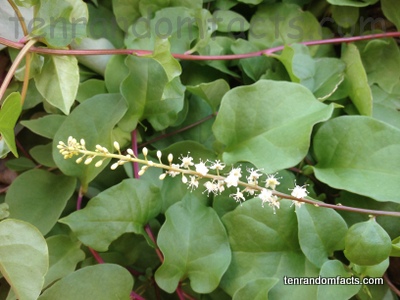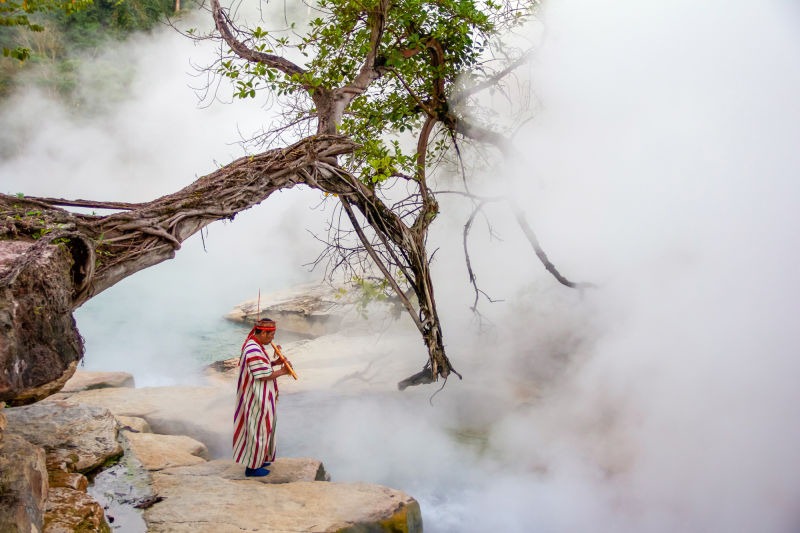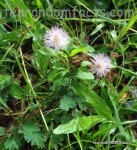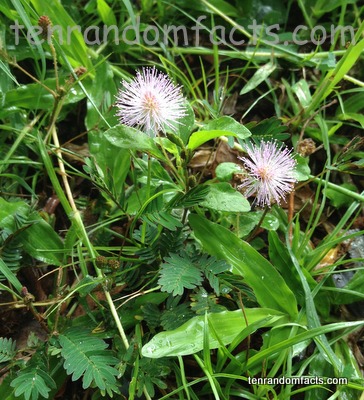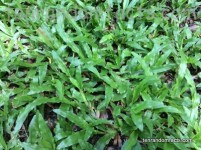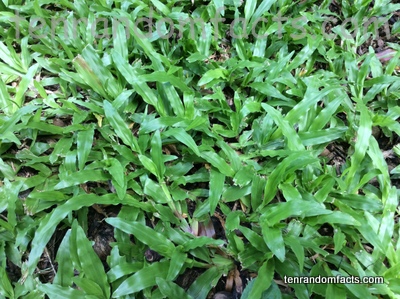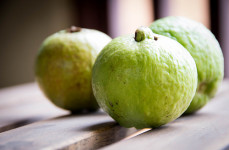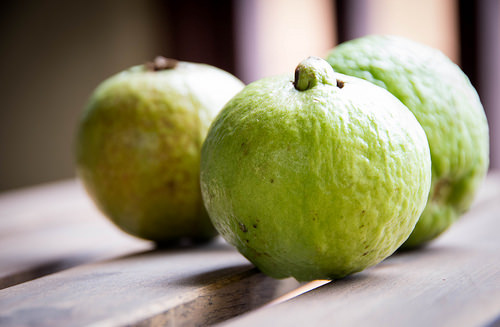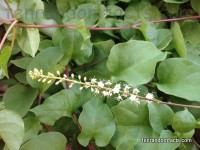
Madeira vines just don’t give up on growing.
- Madeira vine is a species of perennial vine, that is a somewhat hardy, evergreen plant, native to South America.
- ‘Madeira vines’ are also known as ‘mignonette vines’, ‘lamb’s tail vines’, and ‘potato vines’.
- The scientific name of the Madeira vine is Anredera cordifolia, and it is from the family Basellaceae, a family of flowering herbaceous plants.
- Madeira vine leaves are fleshy and shaped like a heart, and are typically between 2 to 15 centimetres (0.8 to 5.9 inches) in length.
- The length of a Madeira vine can reach between 30 and 40 metres (98 to 131 feet) particularly when assisted by tall plants and trees, which it uses to climb.
- A number of countries, including parts of Africa, New Zealand and Australia, consider Madeira vines as major weeds, as they choke out native vegetation and spread easily, especially in subtropical to tropical areas.
- A Madeira vine grows from a tuber in the ground, and the plant is efficient at regrowing from a broken root, which is one of its primary spreading methods, while water movement, such as creeks or floods, is another way the vines spread.
- The small flowers of Madeira vines are white to cream in colour, and in summer and autumn they form in clusters along long spikes, which from a distance, look like lamb’s tails.
- Madeira vines produce large quantities of tubers along their stems, which often break off and start growing in the ground to produce new plants, enabling the plant to easily multiply, and the tubers are also a source of food for the plant when the growing conditions are tough.
- The Madeira vine is a very quick grower, and in the right conditions, can grow as much as a metre (3.3 feet) in seven days.
Bibliography:
Anredera Cordifolia, 2016, Wikipedia, https://en.wikipedia.org/wiki/Anredera_cordifolia
Madeira Vine, 2015, Business Queensland Government, https://www.business.qld.gov.au/industry/agriculture/species/declared-pests/weeds/madeira-vine
Madeira Vine (Anredera cordifolia), 2011, BioNET-EAFRINET, http://keys.lucidcentral.org/keys/v3/eafrinet/weeds/key/weeds/Media/Html/Anredera_cordifolia_(Madeira_Vine).htm
Madeira Vine (Anredera cordifolia), 2011, Weed Management Guide, http://www.weeds.org.au/WoNS/madeiravine/docs/47053_ERGO_Weed_Mgmt_guide_Madeira_vine_Pages.pdf




